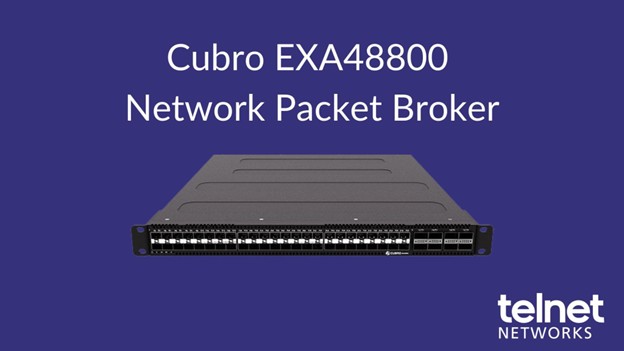Managing and troubleshooting applications or APM is a key reality for managing your network today. APM is understanding the application response time. In reality, there is a lot more that goes into ensuring applications are delivered on-time and meeting user expectations. To understand application response time you need to measure, quantify, and report all relevant metrics related to the IT infrastructure used by your company to run applications and deliver services.
This means tracking application error codes, delivery metrics, conversations, long-term behaviour, and underlying infrastructure performance. This would include the network itself and anything connected to it; routers, switches, servers, clients, and storage appliances are examples. Successful application monitoring requires views of all facets related to delivery.
To achieve this, there are key components of a comprehensive APM Solution as shown in the table below:
| Attribute | Description |
| Complete and Integrated Views | Quickly determine problem magnitude and isolate the source, using comprehensive views of application metrics alongside views of the network and devices supporting delivery |
| High Level Reporting | Critical for and immediate understanding of enterprise-wide performance. Should include pre-conffigured dashboards and reports, thresholds and performance baselines, proactive alert notification, and deep dive ability |
| Customized and Secure Data Sharing | Gain cooperation between teams for faster problem resolution and capacity planning. APM solutions should provide easily customizable and secure sharing of relevant real-time and post-capture data with other IT teams. |
| Continuous Capture | While metrics can point to performance degradation, only packets provide actual resolution. Long-term packet capture saves all packets for post-event analysis and provides historical views of application behavior. |
| Application Specific Details | Get beyond simple response time measurements. To accurately diagnose application issues requires in-depth performance details, including application requests, fulfillment’s, error codes, and quality monitoring metrics. |
| Expert Analysis | Robust expert analytics reduces the time it takes to manage and troubleshoot performance by automating key tasks and providing advice on network and application issues. |
| Flexible Baselining | Customizable baselining capabilities can help accurately track internal and cloud applications. Cloud vendor SLAs are typically fixed, and thresholds will be set manually. Internal applications will use rolling baselines to create thresholds based on past performance. Once optimal performance is determined, solutions should be able to lock thresholds to avoid baseline drift. |
| Data-Stream Reconstruction | Reconstructing network and application activities are essential for investigating complex problems such as VoIP call quality issues or security breaches. |
| Scalability | In-the-field appliance and storage upgrades provide necessary assurance that your current platform will meet future demands as network traffic increases. |






